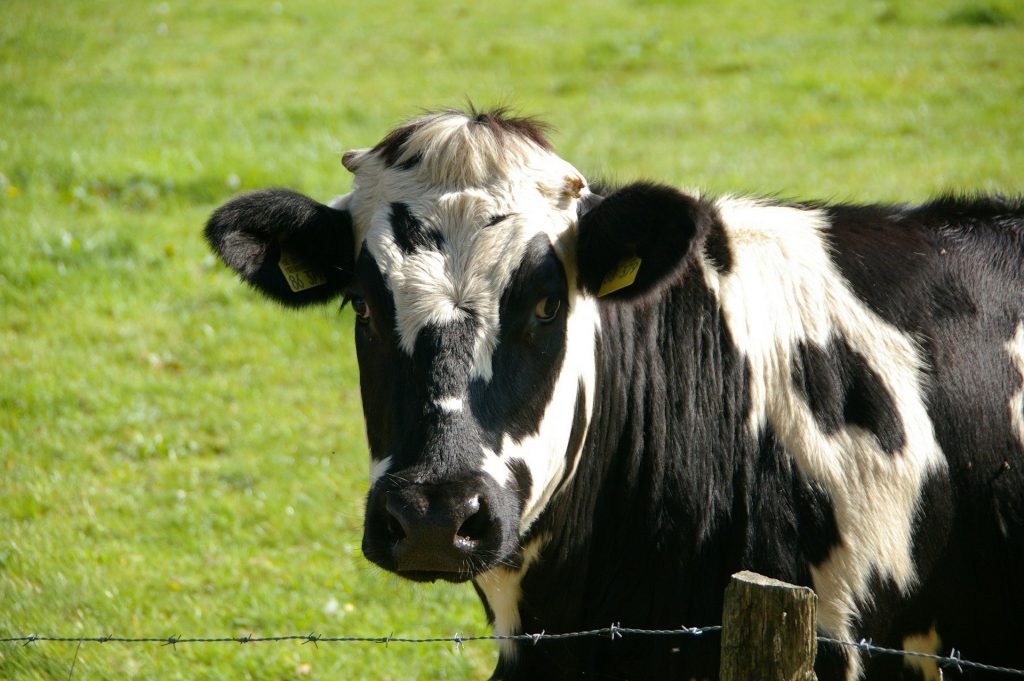The History Of Dairy Farming
At some point in history, humans didn’t drink milk after their childhood period. In the case of mammals, they tend to stop as well when they move on into adulthood. For better words, our ancestors didn’t digest milk and even in today’s society, some adults still can’t digest lactose, the milk sugar.

In the European nation, most people have the gene that is needed to digest it. However, it was only around 7500 years ago that this genetic change in humans occurred. Since they were now able to digest milk and other substances without becoming sick, their overall health improved greatly.
This was a big deal since civilization was no longer dependant on crops alone. Hence, in the middle of crisis and crop failure, milk was the next best thing. This just simply means that milk was the ultimate alternative and it became even more reliable than water supplies that often got contaminated.
Due to this, the co-evolution of a newfound tolerance and farming dairy worked out pretty well. Thus far, there are almost 264 million cows around the globe in specially crafted dairy farms. Even with these alarming numbers, persons with Native American, African and even Asian ancestry can still develop lactose intolerance when they step into their adult years.
However, lactose intolerance issues in persons can get as high as over 70%. Persons suffering from lactose intolerance tend to experience, bloating, abdominal cramps and diarrhoea. In most instances, they never fully figure out the reason behind their suffering.
What Is Dairy Farming?
Simply put, dairy farming requires the exploitation of a cows reproductive system. This is done to meet the demands of milk by the growing population. Have you ever why we milk cows alone and not other animals? The answer to this is simple and it has nothing to do with sustainability or taste.
Cows are used because they can produce more milk. They are domesticated with ease and they produce more than enough milk.
How Does A Dairy Farm Work
Just like any other mammal, cows need to become pregnant before they can produce milk. In the case of farms, cows need to be repeatedly made pregnant for the farm to harvest the milk. However, this entire process is dependent on artificial insemination. Farmers use a pasteuriser.
With that said, it should be noted that these cows were bred with the idea of producing a more than optimal yield. While it may sound like a terrible ordeal for the animals, most humans are never truly satisfied. Humans take every drop of milk from these cows and then pull their babies away from them soon after birth. If there’s ever any empathy in us, we’ll know just how devastating this separation is for both mother and calf.
For newborn females, they’re isolated in a special hutch. In this isolation, they suffer and grieve for the comfort of their mother or their herd. In most instances, they’re also chained to the point that they’re unable to move until they’re at the age where they can be impregnated for the cycle to continue.
Since young males cannot produce milk and they don’t bulk up for beef, farmers often raise them in chained crates for the purpose of veal. However, they don’t always make it to that point in life because their flesh is usually very soft and pale. Most young male dairy cows don’t live past their first day of life and are often shot in the head since farmers don’t see the purpose of keeping them alive.